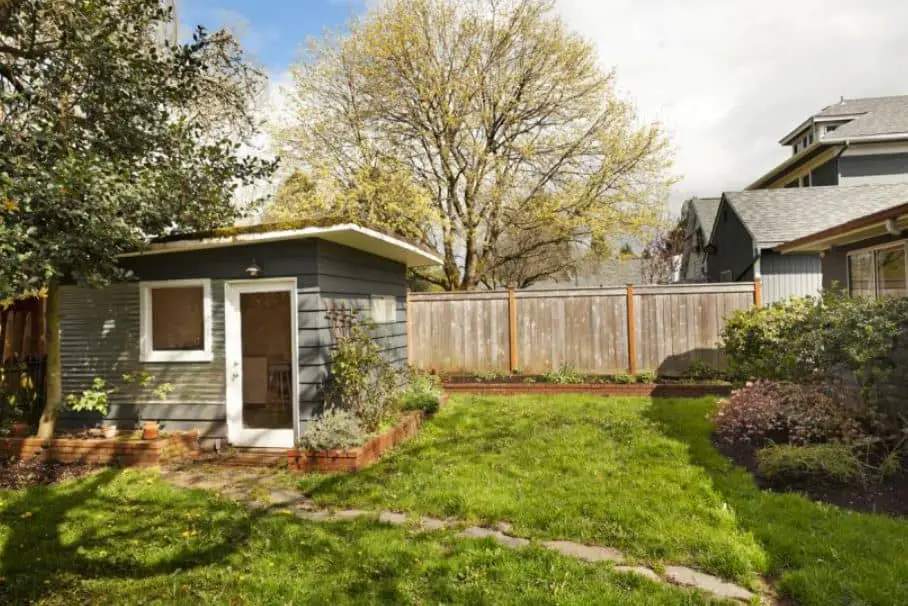Everyone needs a house of their own. New and innovative strategies are being attempted to offer houses for people in need as housing costs increase throughout the nation. Creating auxiliary dwelling units, or ADUs, is one cutting-edge strategy being discussed. These second homes were built on the same plot of land as a single-family house. It’s critical to comprehend ADUs and their various advantages since cities are adjusting their regulations to promote their development.

What Is an Accessory Dwelling Unit?
Single-family houses with a front yard, a backyard, and sometimes a garage make up the majority of traditional residential communities in our nation. Some are two stories, while others are one level. However, when metropolitan areas become more congested, and land prices soar, the cost of constructing identical dwellings increases in a problematic way. Cities are seeking fresh concepts that boost housing supply while limiting prices.
The auxiliary dwelling unit, or ADU, is one of these innovative concepts that has gained some appeal. Large cities like San Francisco and Houston have changed municipal laws to permit additional housing units in established areas. ADUs are residential structures erected into or outside an existing single-family house on the same property.
ADU Advantages
This sort of unit is known as an “ADU” nowadays, although it has also been known as granny flats, mother-in-law flats, carriage houses, or supplementary units throughout the years. The goal is to create private, distinct living inside an existing house or, at the very least, on some of its property.
ADUs provide a “gentle” method of increasing the area’s supply of affordable housing by using the existing housing stock. The housing unit’s standard requirements for an ADU include a bedroom, bathroom, and kitchen. However, they may also be erected as a separate building in the rear or as an addition to an existing home.
Accessory Dwelling Unit in the Backyard
ADUs are often built in the backyard. However, they may also be built inside or linked to an existing house, such as a refurbished garage or back porch. These independent ADUs have only a physical connection to the house they were constructed on. They often resemble “tiny houses” built at the farthest edge of the backyard area.
What would be the purpose of building an ADU in your backyard? As many homeowners as there are, there are numerous explanations. Some individuals consider backyard ADU designs because they need to accommodate a multigenerational family, such as an adult kid or elderly grandparents who want to live near other family members. A backyard ADU allows that family member freedom while being far less expensive than rents offered by businesses.
Renting out their principal property and using the rear ADU as their pied-à-terre is possible for retired persons who travel but want to be in the neighborhood. Alternatively, seniors might lodge a caretaker in the new ADU construction and earn an income stream. Divorced spouses with children can coexist while living apart.
ADUs’ Positive Effects on Communities
Making housing more affordable is one of ADU’s main advantages. However, municipalities have also accepted ADUs as a legal means of boosting community densities. Even though many people are against new, dense development in typical residential districts, ADUs don’t drastically alter the area.
Using them may help local businesses that cater to established areas do better business. They gradually raise population density, raising the client base near a local business area.

